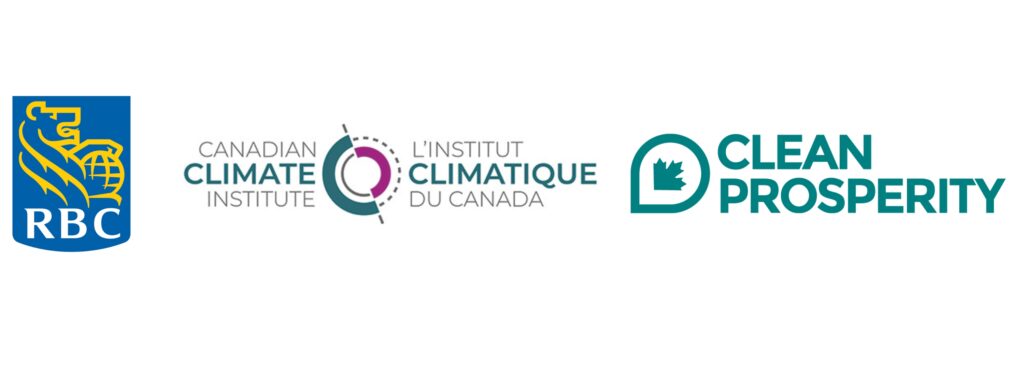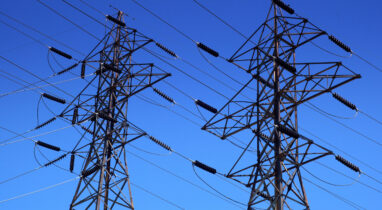Clean Prosperity partnered with the RBC Climate Action Institute and the Canadian Climate Institute to write Carbon Pricing in Transition: How to align Canada’s many systems to strengthen competitiveness and climate action, which details the benefits of harmonizing Canada’s provincial carbon markets and how best to do so to improve Canadian economic competitiveness.
The energy transition presents a chance for Canada’s small, open economy to reset and recharge its global competitiveness.
The race is already on: As countries fuse their economic, environmental and geopolitical objectives, there is a growing imperative to link trade and climate policies. That pressure may grow as advanced economies turn to protectionism, including ways to reduce access for products made in countries with lower emissions standards. In the new trading paradigm, Canada has the opportunity to compete in the exports of low-carbon goods, while also navigating market disruptions caused by emerging clean tech innovations.
Luckily, Canada already has a head start in this low-carbon competition, with industrial carbon markets that can serve as building blocks of innovation, low-carbon economic growth and investment. By fine-tuning and crafting policy that delivers emissions reductions domestically without compromising our competitiveness, Canada can gain an advantage in the new low-carbon economy.
Indeed, industrial carbon markets can become central to Canada’s efforts to address new imperatives brought on by the energy transition. They can help us compete in low-carbon economies, build competitive advantages in international export markets, and decarbonize heavy industries—and get Canada closer to its Net Zero goals.
Yet Canada’s current system remains a patchwork, with nine industrial carbon markets—also known as Large-Emitter Trading Systems (LETS)—that price carbon for heavy industrial facilities. Each LETS has its own subtly different design elements and market conditions that operate within their provincial silos.
The fragmentation of these markets is undermining their potential, and hampering Canada’s ability to build low-carbon industries. Creating room for provinces to tailor their systems to regional priorities and politics makes sense—up to a point. But the current arrangement is hurting small markets with the presence of a few emitters raising transaction costs for firms operating in multiple provinces. As these companies trudge through different compliance rules, they are bogged down in an increasingly complex regulatory environment that slows investment decisions. The slowdown could lead to price volatility, limited participation, low trading volumes and a general lack of confidence in these markets.
Removing interprovincial trade barriers and integrating this patchwork of systems could offer considerable economic upside that could prove to be transformative for Canada’s energy transition.

Contributors:
Myha Truong-Regan, Head of Climate Research, RBC Climate Action Institute
Brendan Frank, Director of Policy and Strategy, Clean Prosperity
Dale Beugin, Executive Vice-President, Canadian Climate Institute
Yadullah Hussain, Managing Editor, RBC Climate Action Institute
Caprice Biasoni, Graphic Design Specialist




